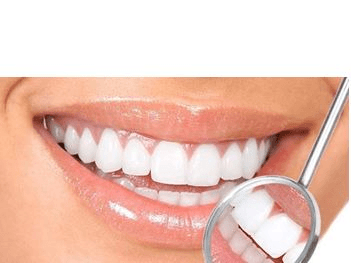PORPHYROMONAS GINGIVALIS: BIOFILM FORMATION, ANTIMICROBIAL SUSCEPTIBILITY OF ISOLATES FROM CASES OF LOCALIZED AGGRESSIVE PERIODONTITIS (LAP)
Keywords:
antibiotic resistance, biofilm formation, disc diffusion method, Porphyromonas gingivalisAbstract
Background: No information is available on the antimicrobial sensitivity pattern and guidelines for oral antibiotic therapy for Yemeni patients for those with localized aggressive periodontitis (LAP) due to Porphyromonas gingivalis, a condition that often requires complementary antibiotic treatment.
Aim: The primary aim of the current study was to examine the antibiotic patterns and the potential relationship between P. gingivalis biofilm formation and the incidence of antibiotic resistance of clinical isolates on a group of antibiotics commonly used in oral/systemic therapy.
Subjects and Methods: The study included 30 clinically diagnosed patients, and 30 strains of P. gingivalis were isolated from them. Microbial sampling, isolation, and identification of bacteria were performed using culture methods appropriate to anaerobic species. Biofilm production was evaluated by the phenotypic method, that is, tissue culture methods (TCPM). Also; each isolate was tested against 12 antibiotics using the disc diffusion method.
Results: After isolated P. gingivalis were subjected to biofilm detection by TCP method, 7 (23.3%) showed high, 6 (20%) moderate, while 17 (56.7%) showed non/weak biofilm-forming ability. P. gingivalis biofilms showed a higher resistance rate than forming non/weak biofilms e.g amoxicillin (92.3% vs 64.7%, p = 0.08), azithromycin (58.8% vs 11.7, p =0.003), metronidazole (76.9% vs 29.4%, p = 0.08), 0.01) and clindamycin (84.6% vs 47.1, p = 0.03).
Conclusion: It was found that the drug-resistant factor in P. gingivalis isolates is associated with the formation of P. gingivalis biofilm. Even though the current results show a high sensitivity result for P. gingivalis strains, some resistance has been observed. Antibiotic resistance patterns can modify over the years, make susceptibility testing essential and to promote careful choice of preliminary antibiotic treatment, the same as an adjuvant to endodontic therapy.

Peer Review History:
Received: 6 June 2021; Revised: 8 July; Accepted: 11 August; Available online: 15 September 2021
Academic Editor: Dr. Ali Abdullah Al-yahawi , Al-Razi university, Department of Pharmacy, Yemen, alyahawipharm@yahoo.com
, Al-Razi university, Department of Pharmacy, Yemen, alyahawipharm@yahoo.com
Reviewers:
Dr. Rawaa Souhil Al-Kayali , Aleppo University, Syria, rawah67@hotmail.com
, Aleppo University, Syria, rawah67@hotmail.com
Dr. Wadhah Hassan Ali Edrees , Hajja University, Yemen, edress2020@gmail.com
, Hajja University, Yemen, edress2020@gmail.com
Rola Jadallah , Arab American University, Palestine, rola@aauj.edu
, Arab American University, Palestine, rola@aauj.edu
Downloads

Published
How to Cite
Issue
Section

This work is licensed under a Creative Commons Attribution-NonCommercial 4.0 International License.









 .
.